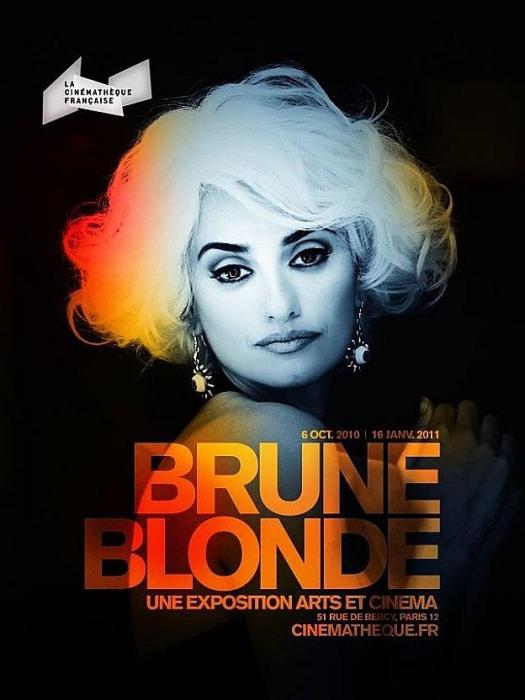《女人的頭髮被……》是2010年諏訪敦彥、阿伯德拉馬納·希薩柯、阿巴斯·基亞羅斯塔米、尤斯利·納斯爾拉、伊希爾·勒·貝斯柯、巴勃羅·特拉佩羅導演的一部微電影。
基本介紹
- 中文名:女人的頭髮被……
- 外文名:Women's Hair Seen By…
- 類型:短片
- 導演:諏訪敦彥、阿伯德拉馬納·希薩柯等
- 片長:36 分鐘
- 上映時間:2010-10-06(法國)
- 對白語言:法語 / 日語 / 義大利語
劇情簡介
An exhibition can also be a space for creation and production. The desire to be able to make a very short film inspired by the vision of feminine hair soon took root in some filmmakers' minds. As part of the logic of this exhibition, the Cinémathèque française wanted these films to come from countries and cultures which took a different stance on feminine hair. This game was therefore proposed to six filmmakers appreciated for their tone, their creative freedom and of course, their films. They all jumped enthusiastically at the idea.
Isild Le Besco (born in 1982), an actress since childhood, began producing in 2003. Having inspired the filmmaker Benoît Jacquot (she was awarded the best actress prize at the Venice Mostra for Intouchable [Untouchable]), she has frequently performed the lover's role, often passionate, always sensual and natural. For the exhibition she signs Bette Davis
Isild Le Besco - Bette Davis - 2010
.
Yousry Nasrallah (born in 1952) was first the assistant of Youssef Chahine. He produced his first feature film in 1988. In his films on Egyptian society, in particular with Femmes du Caire [Women of Cairo] he describes the relationships between men and women in a country where the rise of fundamentalism is transforming the position of both sexes. For the exhibition, he signs Objet trouvé sur un tournage [Object found during a shoot].
Pablo Trapero (born in 1971) belongs to the Argentine "New Wave" movement. An independent and committed filmmaker, he has always worked with his wife Martina Gusman, a producer who for some years has acted in front of his camera. For the exhibition, he signs Rumor.
Nobuhiro Suwa (born in 1960) began his career in the cinema as assistant producer, then as documentarist for Japanese television. In 1997 he produced his first film which, like all the ones which followed, swung between fiction and documentary. For the exhibition, he signs Les Cheveux noirs [Black Hair].
Abbas Kiarostami (born in 1940) takes an often contemplative and reflective look at Iran and his contemporaries. He observes the world of childhood, a woman's place in a country where the political and the religious rub shoulders, but above all he queries the cinema itself. For the exhibition, he signs No.
Abderrahmane Sissako (born in 1961) engages in a dialogue with the contemporary history of the African continent. Through his films, the Mauritanian filmmaker and producer subtly reveals hidden truths, in particular by imagining an improbable trial between civil society and the IMF in Bamako (2006), a veritable plea for a sovereign Africa. For the exhibition he signs Ni brune ni blonde [Neither Brunette nor Blonde].

